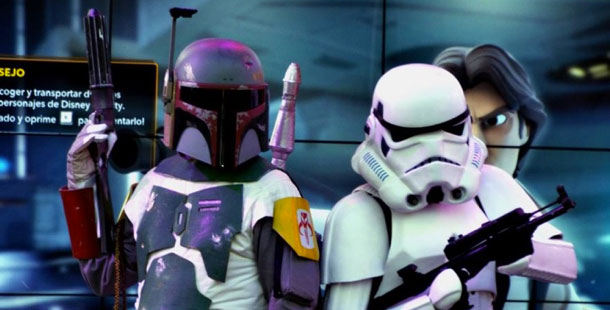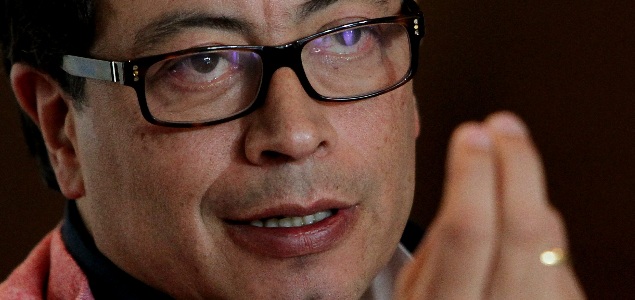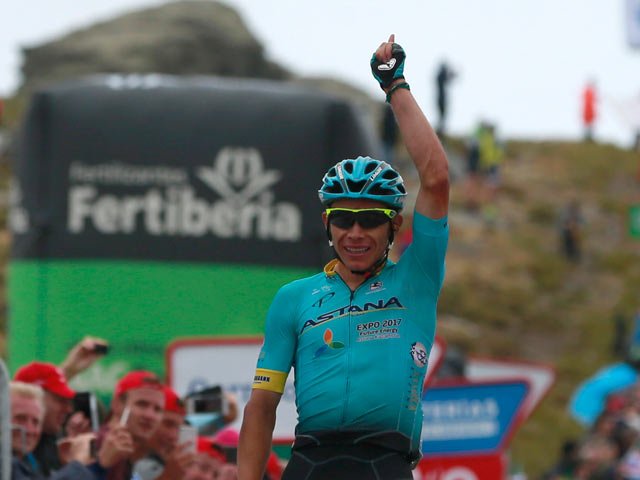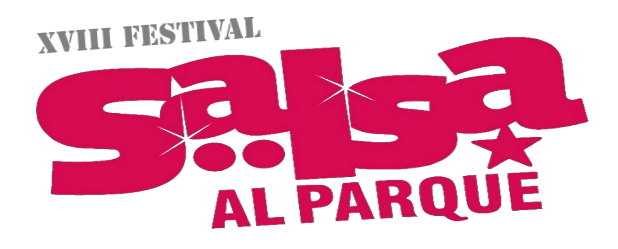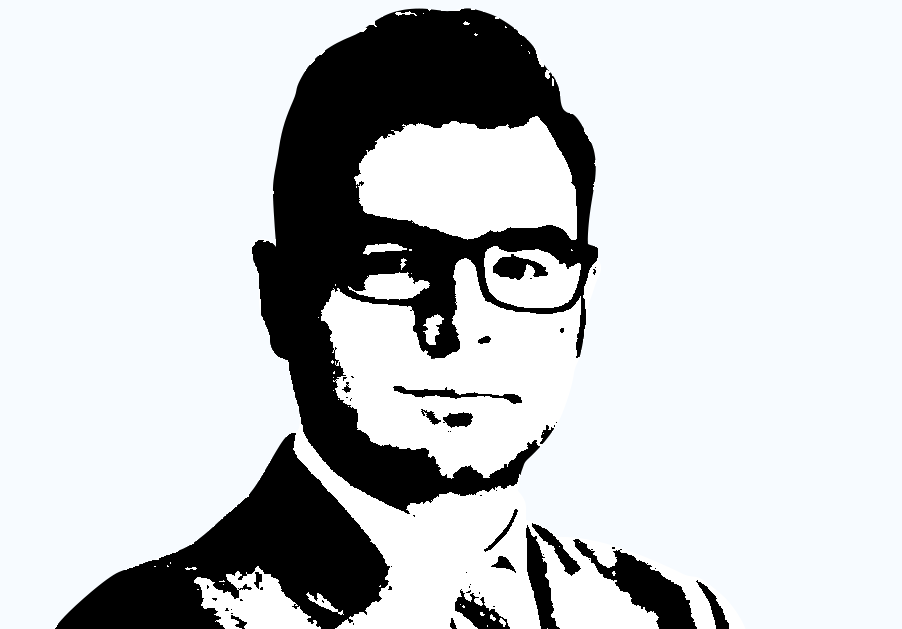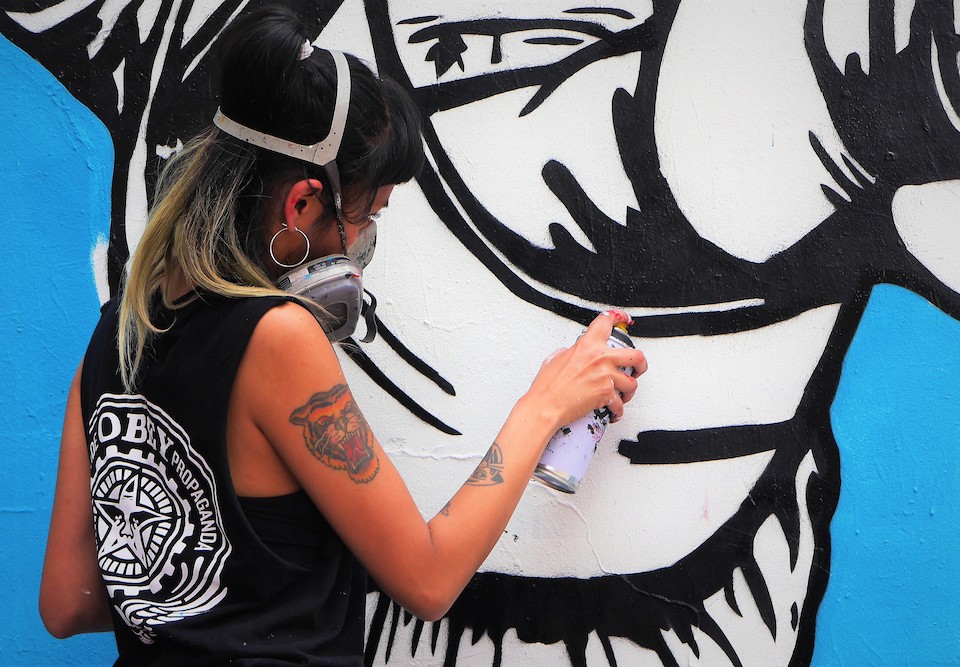
On a sunny afternoon, passers-by making their way down the séptima seem bemused to see two graffiti artists high on their ladders, surrounded by a small group of onlookers and photographers watching the progress of their mural.
As the wall is transformed – first into whitewashed blank canvas and then as the colours gradually build – the intrigued glances turn into pauses, as people stop in their tracks to examine the artwork taking shape before their eyes.
This is no backstreet tagging: Erre and Toxicomano are celebrated grafiteros with artwork all over the city now lending their expertise to a project raising awareness about los desaparecidos. An estimated 83,000 Colombians were forcibly disappeared in the conflict years between 1958 and 2015.
The mural shows two swings, one occupied by a young girl, and the other empty, representing a missing family member; perhaps a father, a mother or a brother.
Disappearing people was “a tool of the conflict,” explains Margareth Garzón, communication officer for the International Committee of the Red Cross, the organisation sponsoring the mural, along with three others across the city.

Whilst the death of a family member or friend causes indescribable pain, the psychological trauma of disappearance, of simply “not knowing,” is even greater. “The anguish never ends,’’ says Margareth. There is no closure for those left behind, and they cannot move forward with their own lives.
Fittingly, therefore, the campaign focuses not so much upon those who were forcibly disappeared, but upon those who were left behind, and are still ignorant of the fate of their loved ones, forever with a gap in their lives.
The campaign’s hashtag, #AquíFaltaAlguien (someone is missing here), is stencilled across the top of the mural. It is hoped that this, along with the visual appeal of the artwork, will help spread its message not just across the walls of Bogotá, but across social media, to reach other regions and even nations.
Related: Graffiti culture in Bogotá: Say it and spray it!
“The language of graffiti is universal,” Margareth points out. As is its audience; there is no exclusivity when it comes to who can see, appreciate and understand this form of art. Thus its power to not only increase public awareness, but to inspire action, is arguably far greater than that of the statistics alone – shocking as they are.

Also shocking is the fact that even today people are still being forcibly disappeared, say Margareth. “We get a report of another disappearance about every four days,” she confides, “and this certainly isn’t the whole picture.” Moreover, existing efforts to trace Colombia’s desaparecidos – principally set to be undertaken by the Unit for the Search of Disappeared Persons (UBPD), one of the three components of the peace process – are sorely underfunded and thus cannot hope to be effective when it comes to a problem of this scale.
Whilst harnessing the power of graffiti for this cause cannot hope to fill the absences in so many Colombians’ lives, it can perhaps help to make sure that this issue is clearly in the public and political eye as the country struggles to deal with its past and move towards a different future.

